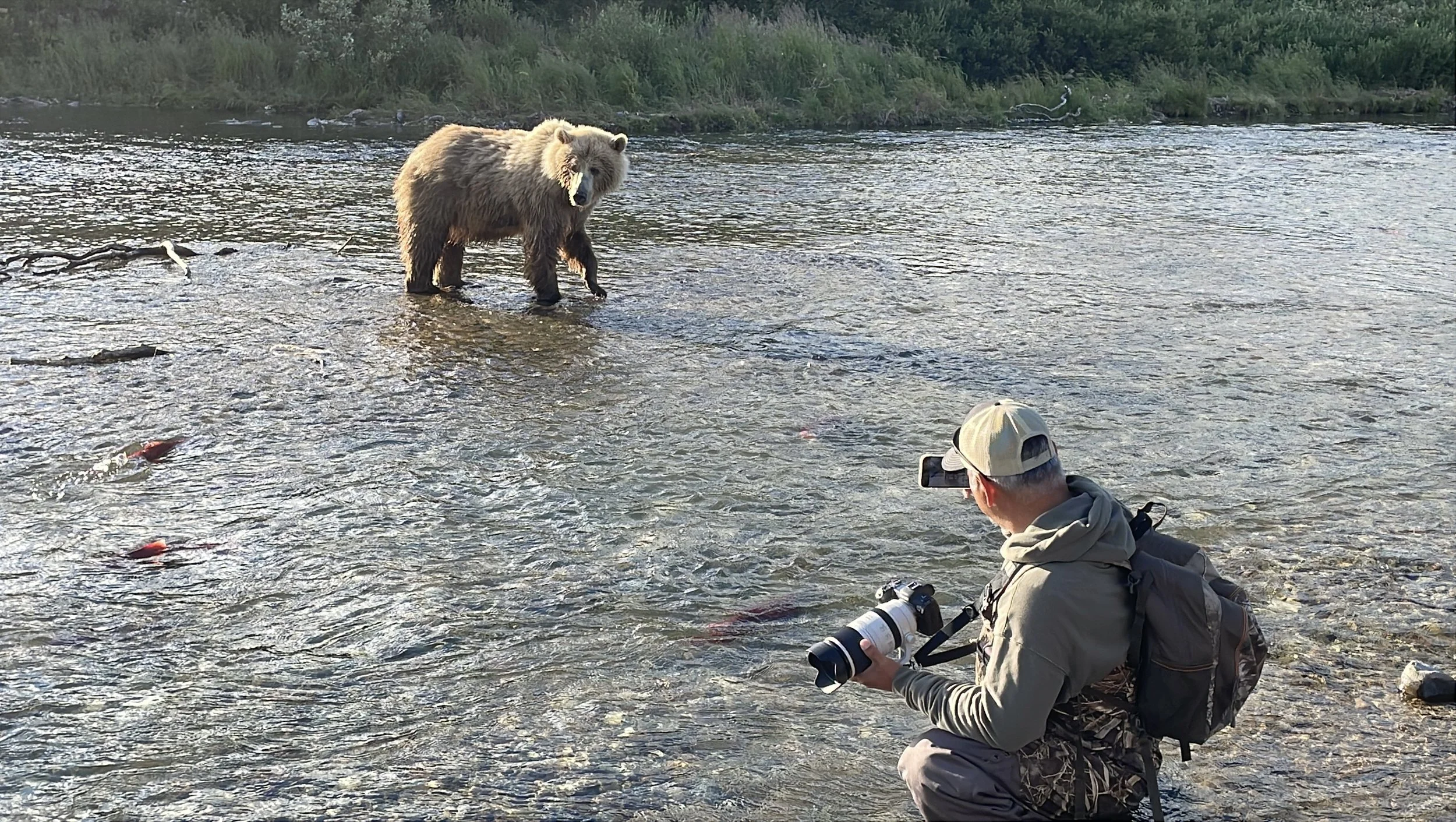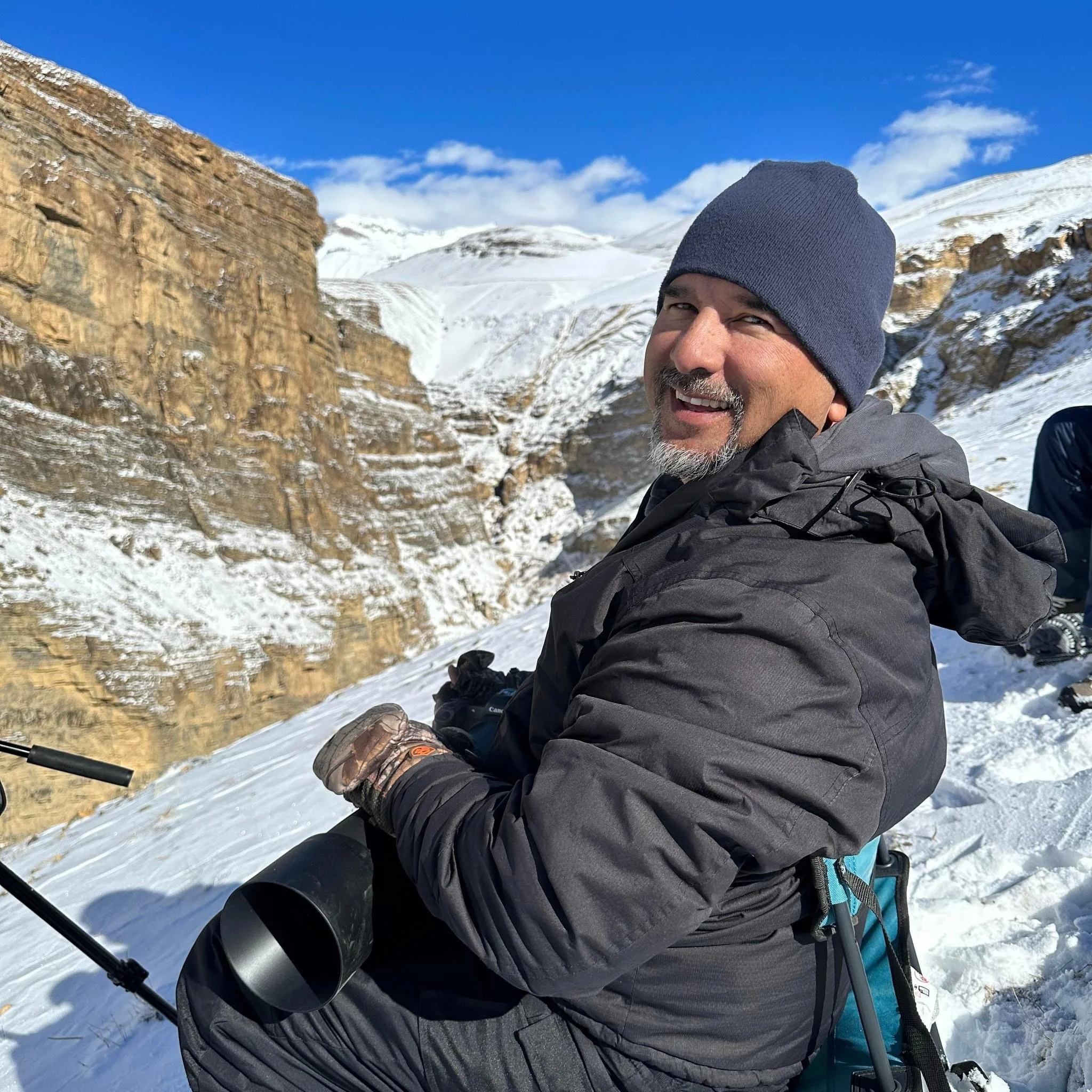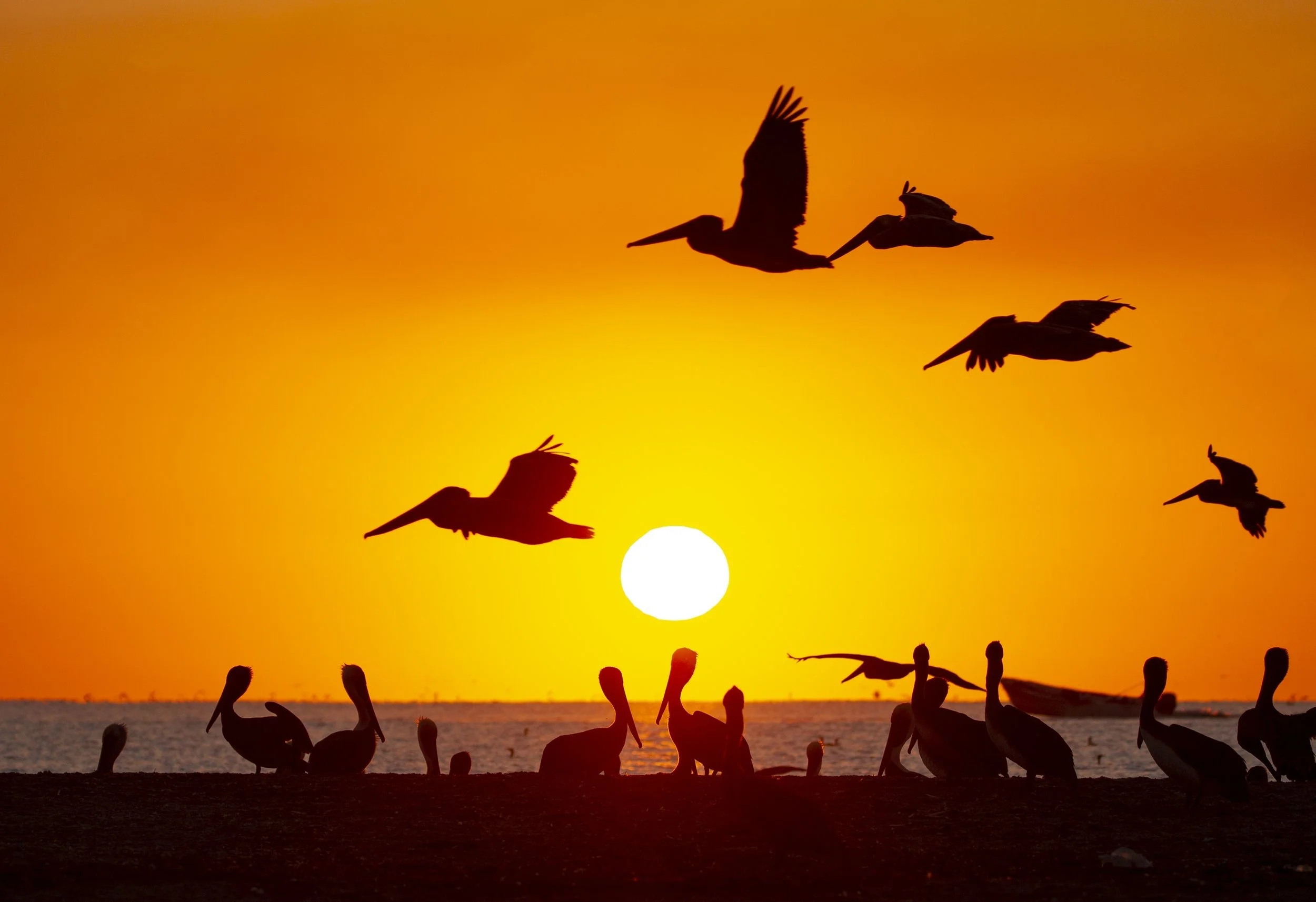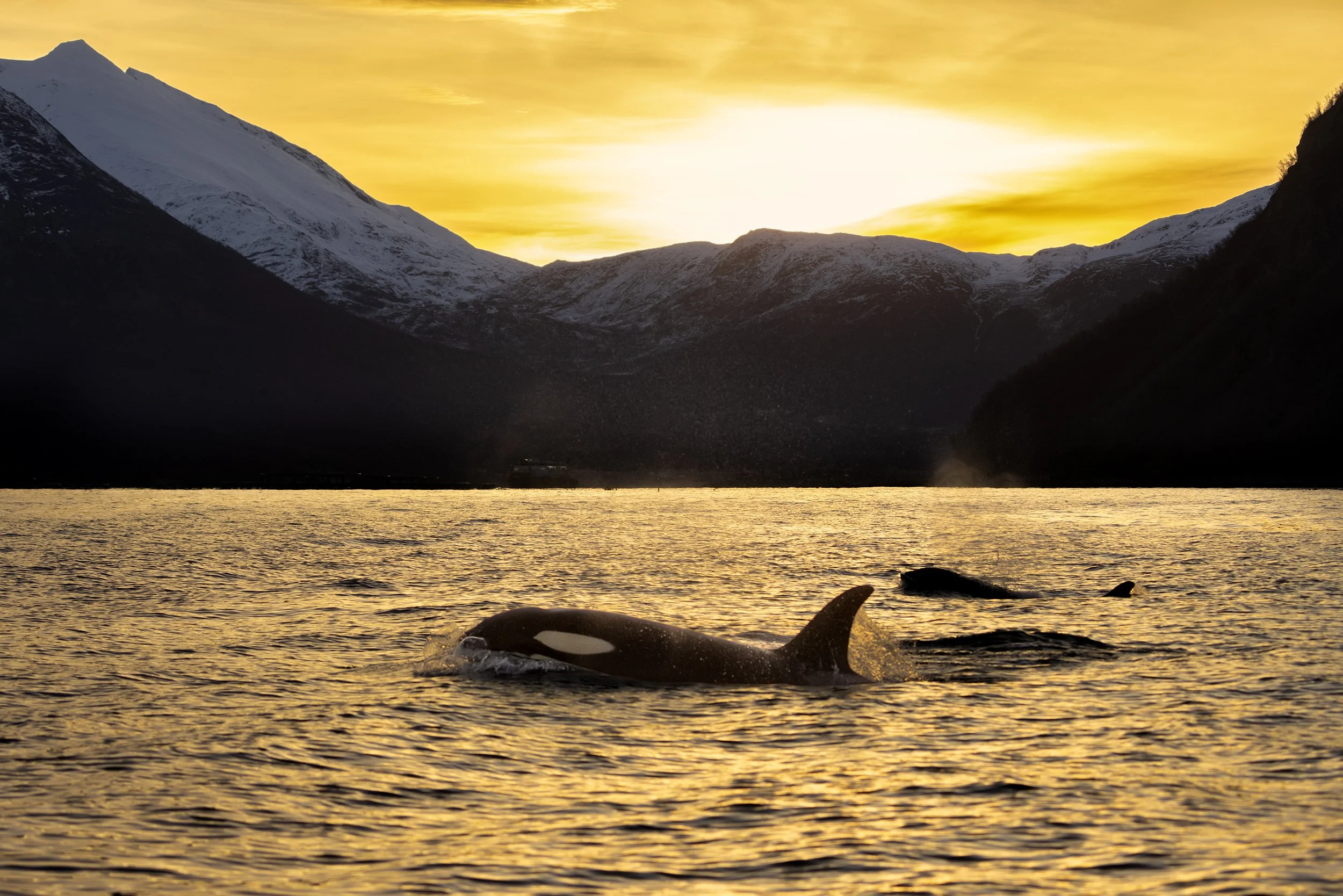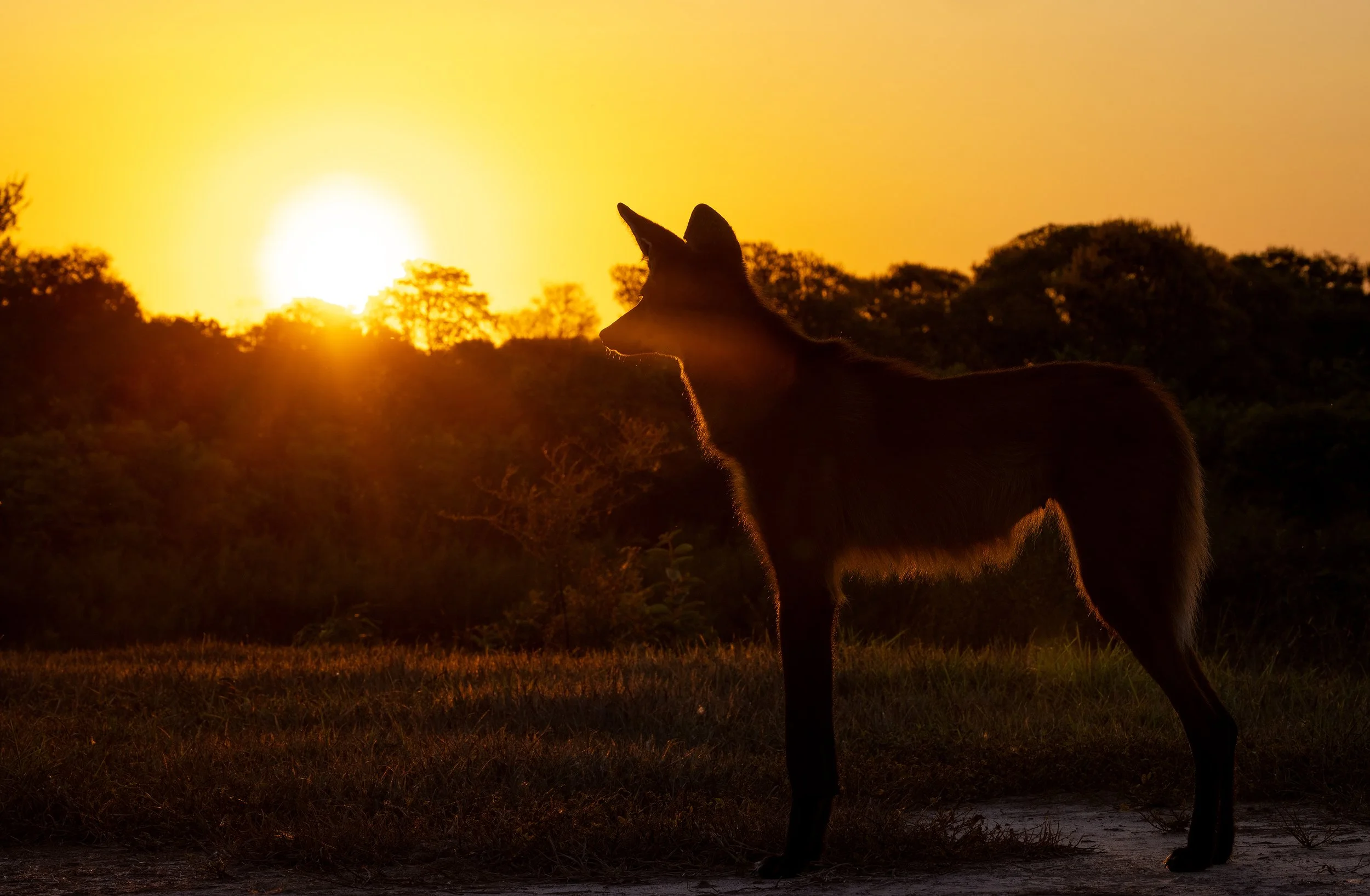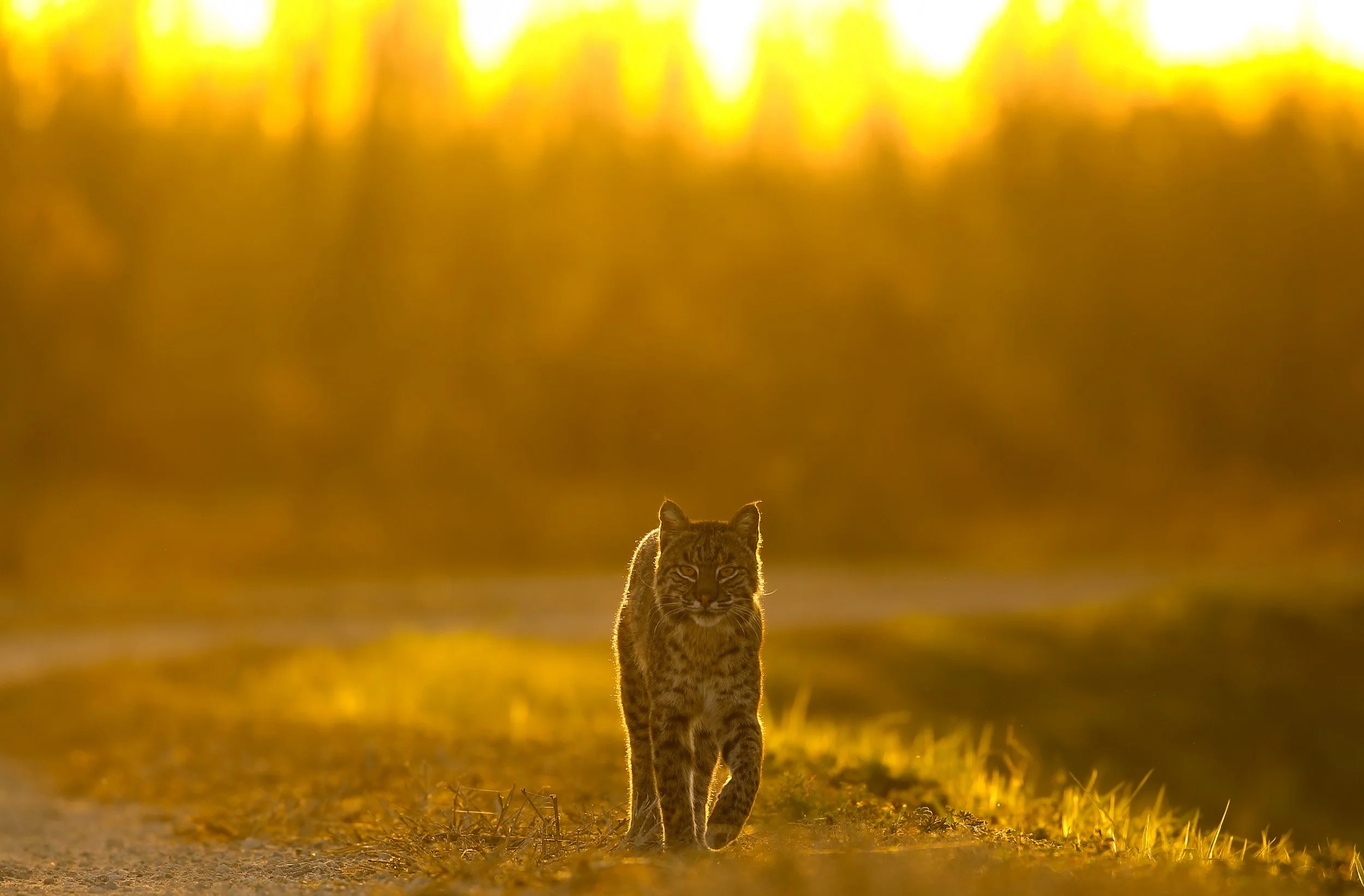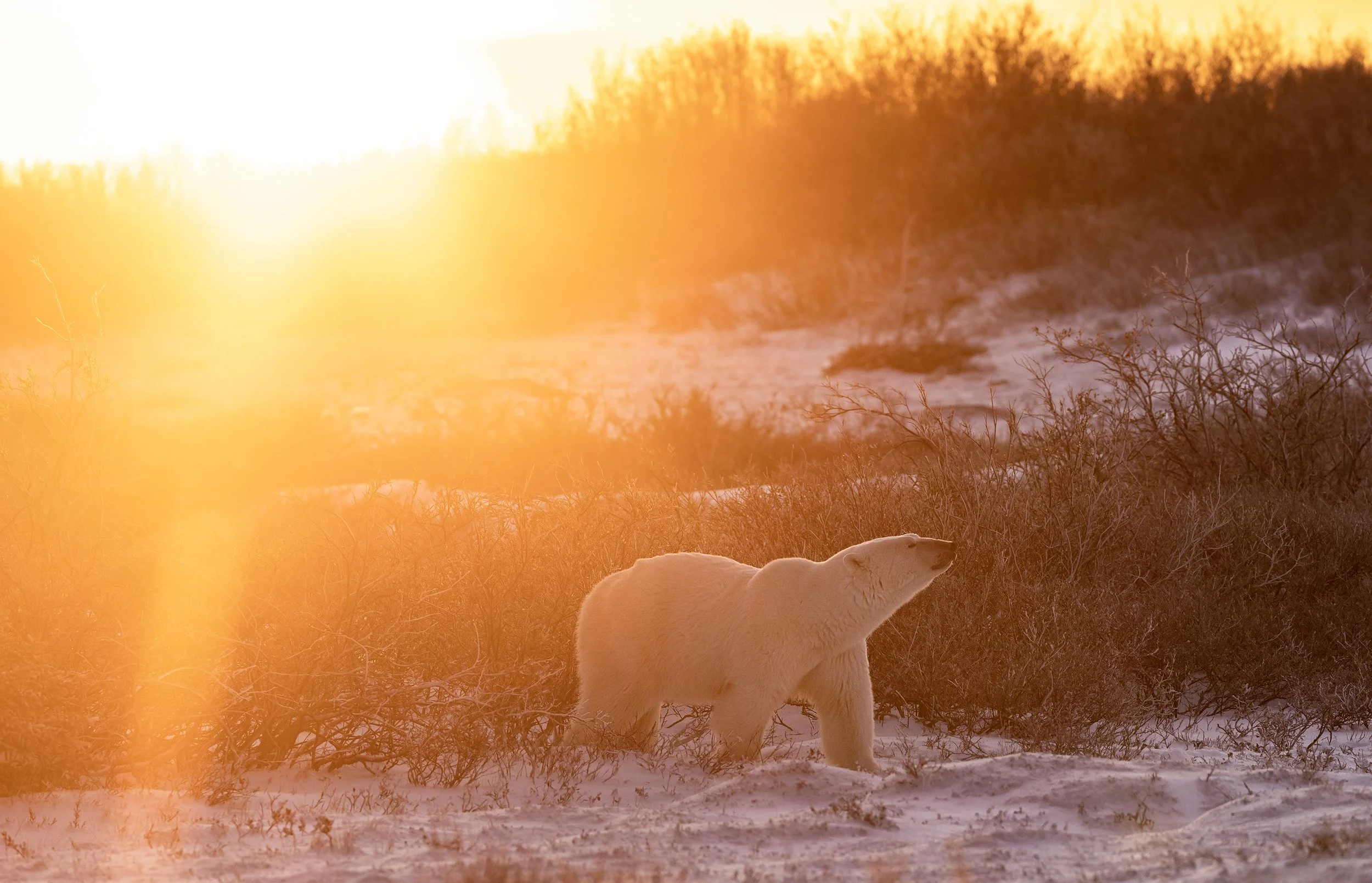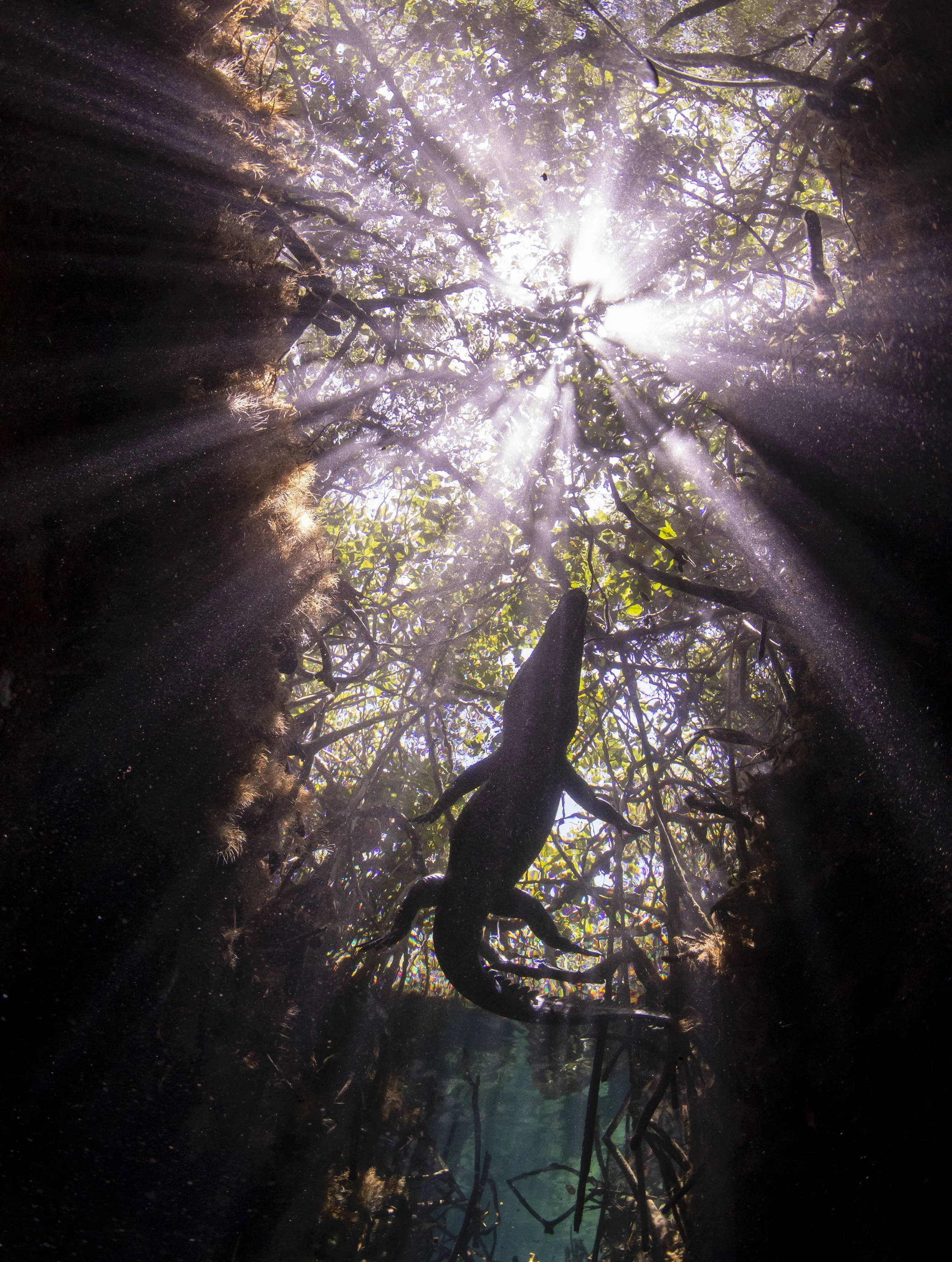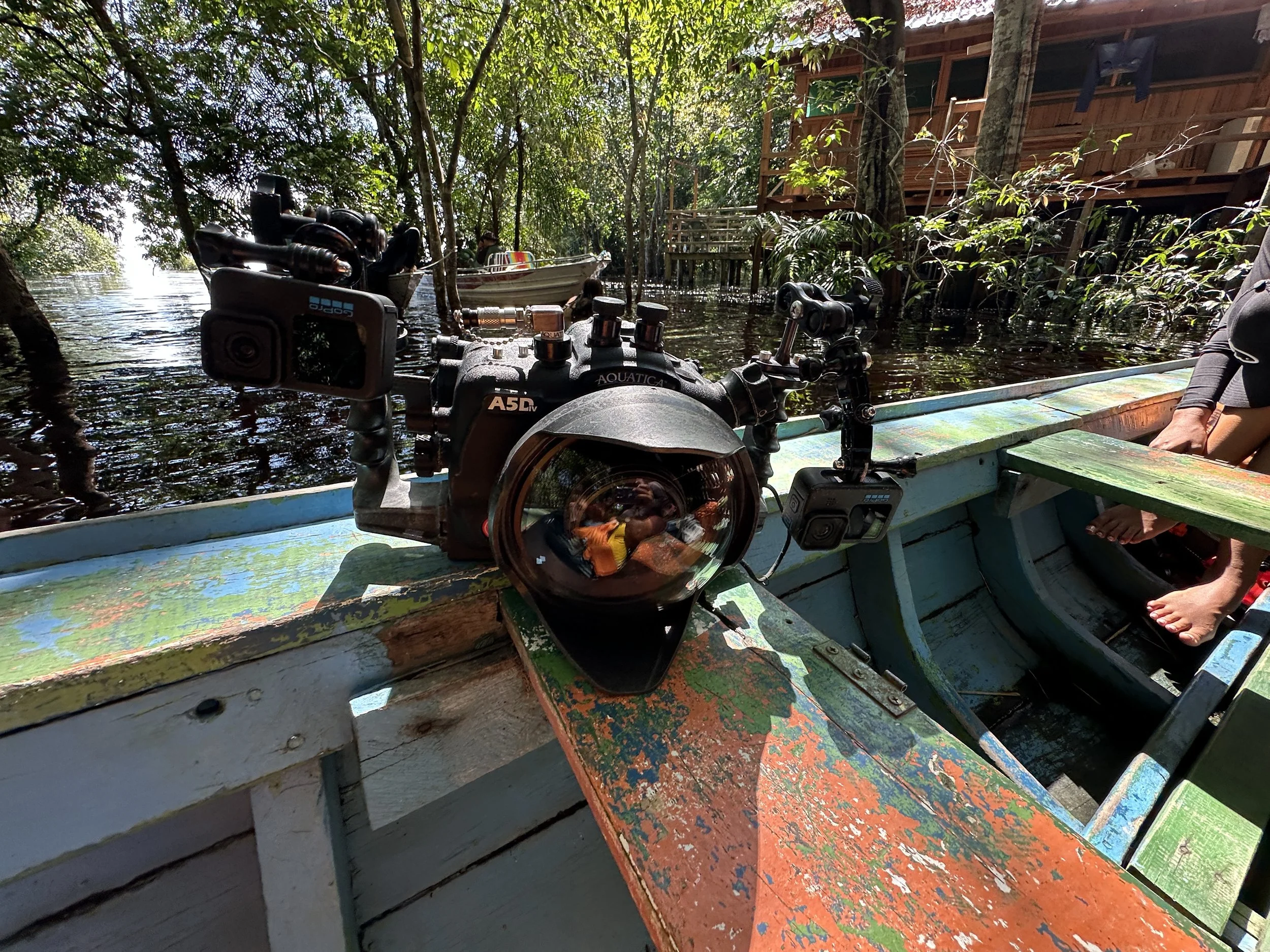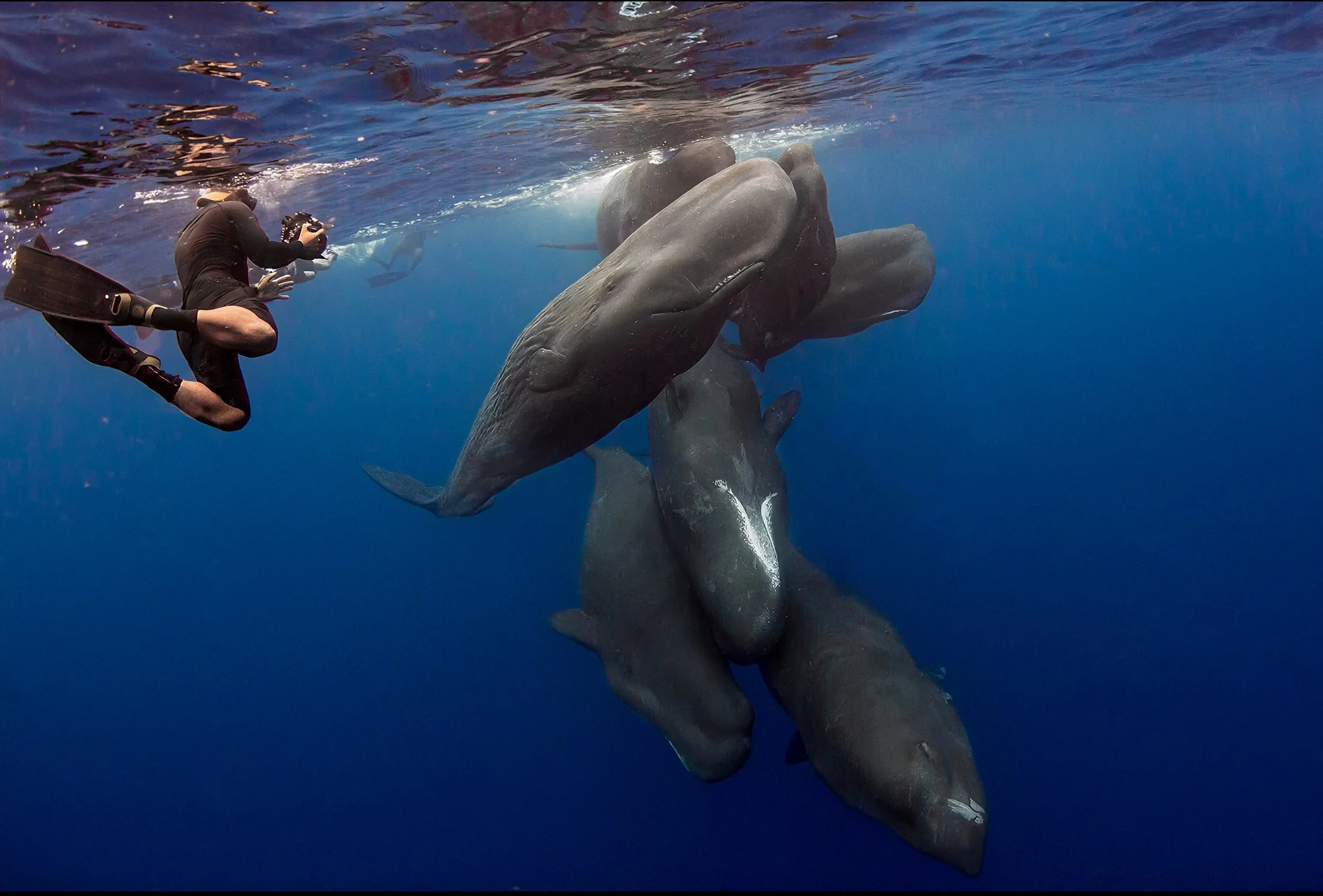There are moments on our trips that can’t be shared with words alone, the sound of an orca’s breath breaking the surface, the laughter of our team on a long travel day, the quiet stillness after a storm.
The idea for The Wild Minute was born out of that space between still photos and full trip reports.
I wanted a place to share the heartbeat of what we experience out there.
They will be short, one-minute video stories from the field, raw, unfiltered, and real.
Some will be encounters with wildlife. Others are travel days, reflections, or simple slices of life between the big moments.
For years, our written blogs and daily trip reports have told the stories behind the images.
Now, The Wild Minute adds another way to share the sounds, movement, and the pulse of being there.
My hope is that it helps you feel a little closer to these places and the incredible animals that call them home.
A sample of what The Wild Minute will look and feel like.
Each clip will live on our website, connected to the stories and expeditions they came from.
So whether you prefer reading the trip reports, watching the moments unfold, or both, you can follow the journey in real time, one minute at a time. I am keeping them short so they don’t eat up too much of your time.
Our next adventure takes us north, to Churchill, Canada, where polar bears roam the edge of Hudson Bay.
That’s where Wild Minute will begin. The journey starts November 2, and so will the stories.
We’ll continue sharing our written trip reports and photos from the field, but now they’ll be complimented by short, one-minute video stories that I hope will bring you even closer to the experience.
You’ll still get the trip reports, because I love writing, but now you’ll also feel the emotion, the sound, and the pulse of the adventures as it happens.

